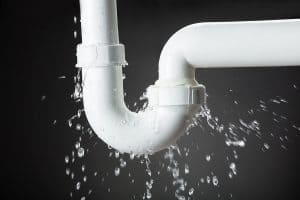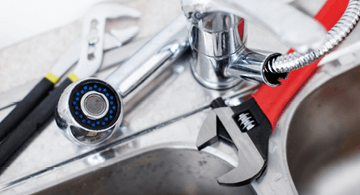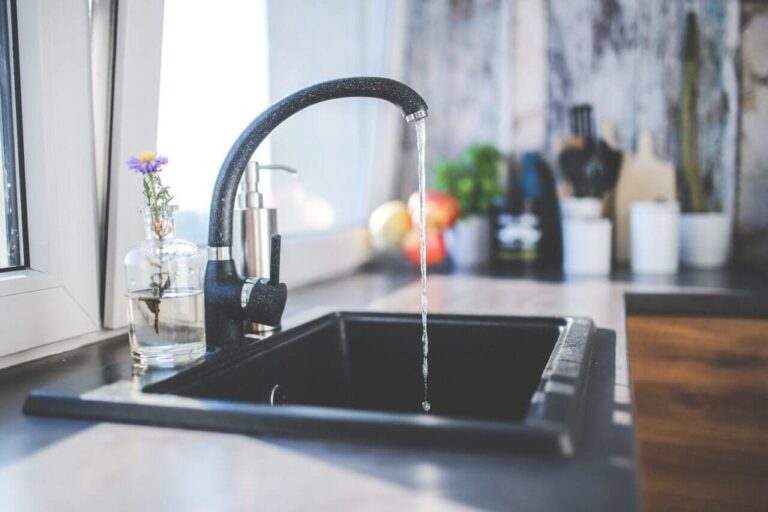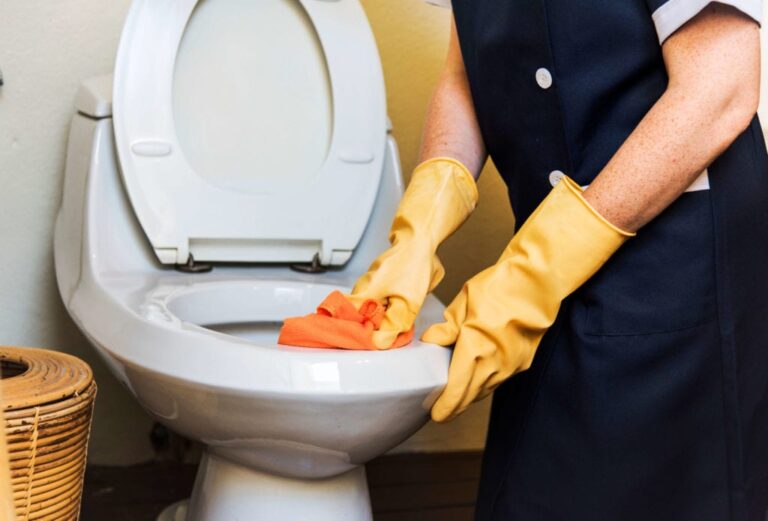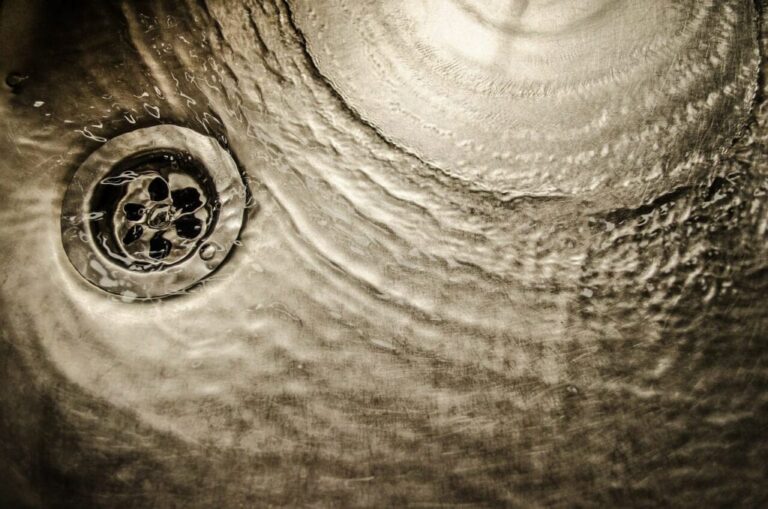Frozen piping. Two words that have the power to keep homeowners up at night. Why? Because one single occurrence of frozen pipes has the potential to do a lot of damage to your home — and your wallet.
The Dangers of Frozen Pipes
When you think of frozen pipes, the first thing you might think of is the inconvenience of not having any water. And it’s true: Until the water in the pipes has thawed again, you won’t be able to get water from your faucets, your toilets won’t flush and you won’t be able to run your washing machine or dishwasher.
However, frozen pipes are much more than inconvenient. They can damage your home. The reason for this is that when the water in the pipes freezes, it expands because ice has a greater volume than water. This expansion can cause the pipes to crack and burst. And when the water thaws out again, those cracks become leaks. Sometimes they’re invisible parts of the piping system; more often, they’re behind walls, under floors or in the slab, which means you won’t initially see them. Of course, once water starts seeping through the ceiling, you’ll know you have a leak, but by that time, the water damage can be extensive. In the worst case scenario, it can lead to mold growth — and that can affect the structure of your home, not to mention your family’s health.
Four Tips for Preventing Frozen Pipes
Fortunately, there are a number of simple ways you can prevent the pipes in your home from freezing, even during the coldest time of year. Keep the following tips in mind:
- Always maintain an indoor temperature of at least 55 degrees Fahrenheit. This will ensure the air around the pipes is warm enough to prevent the water inside them from freezing. Bear in mind that you need to maintain this minimum temperature even at night, as well as when you’re away during the day or on vacation.
- Keep the kitchen and bathroom cabinet doors open. Piping typically runs along the bottom of walls. If you keep the doors of your bottom kitchen and bathroom cabinets open, warm air keeps circulating closer to the pipes in the walls, as well as to the plumbing that’s exposed.
- Keep a faucet open. Running water doesn’t freeze. By keeping just one faucet open, water will keep moving through the pipes, which will prevent them from freezing. You don’t have to keep the faucet open all the way; a steady drip is all it takes.
- Insulate the pipes, as well as your attic, basement, and all crawlspaces. You can purchase insulation sleeves to quickly and easily insulate the pipes, which keeps the water a few degrees warmer. In addition, insulating the attic, basement and any crawlspaces where pipes might be exposed can help prevent the pipes from freezing.
Frozen pipes can destroy your home and your budget. So, keep these tips in mind, and you won’t have to worry about frozen pipes during the holiday season!


